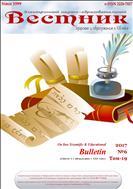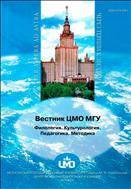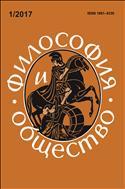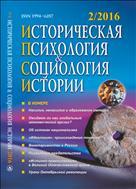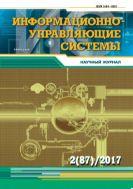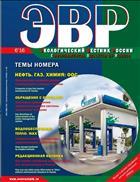Growth and development of the introduced Fraxinus L. species in the taiga zone (Karelia)Growth and development of the introduced Fraxinus L. species in the taiga zone (Karelia) 
Most species of woody plants indigenous to the Russian taiga are extremely sensitive to pollutants. However, many species of deciduous trees that grow in other geographical areas, including the genus Fraxinus, are fairly tolerant to progressive environmental pollution. For the introduction of cultivated plants into new environmental conditions, an impartial assessment of their introduction potential is required, which is possible only on the basis of comprehensive studies. The most important processes characterising the condition of plants are growth and development. The present study examined the introduction of three species of the Fraxinus L. genus to the middle taiga subzone. These were F. excelsior L., F. americana L. and F. pennsylvanica Marsh. The stems and leaves of the plants were measured once every 2–3 days over the course of two growth periods. Phenological observations were carried out between May and October over the course of 17 years. The introduction potential of the studied species was determined through visual assessment carried out in the autumn. The findings showed that the growth of shoots and leaves in the studied Fraxinus species began in late May-early June, varying between species by 1–5 days. The cessation of shoot and leaf growth in the studied Fraxinus species, which occurred in July, varied by up to ten days. The dates of onset and culmination of the growth of shoots and leaves appeared to be determined primarily by air temperature, with a year-by-year variability of 3–7 days. All the studied Fraxinus species showed a high degree of introduction potential and can be successfully used for gardening and landscaping purposes in the middle taiga subzone. |
|
18.08.2025Все новости Стартовала подписная кампания на 2026 годОткрыта подписка на 2026-й год на сайте Пресса по подписке |
ПОДПИСКА НА ЖУРНАЛЫ И ГАЗЕТЫ ON-LINE1
Мы используем cookie. Это позволяет нам анализировать взаимодействие посетителей с сайтом и делать его лучше. Продолжая пользоваться сайтом, вы соглашаетесь с использованием файлов cookie.
Подробнее можно ознакомиться на странице политики конфиденциальности и политики обработки персональных данных.
© 2005-2023 Агентство «Книга-Сервис»
107996 Москва
Протопоповский пер. 19, стр.12
E-mail: public@akc.ru









